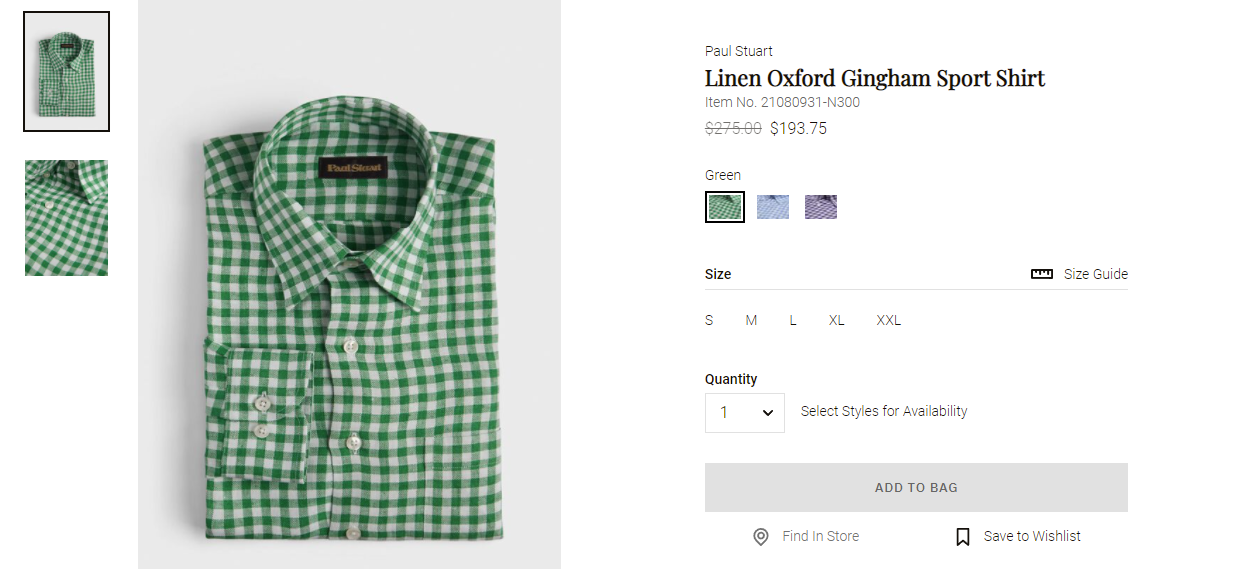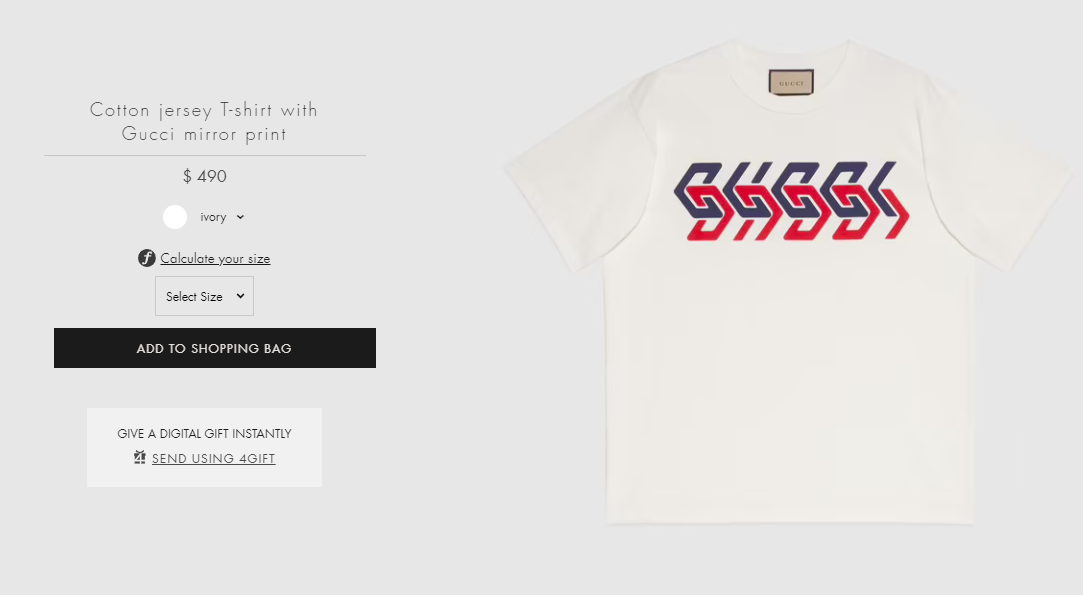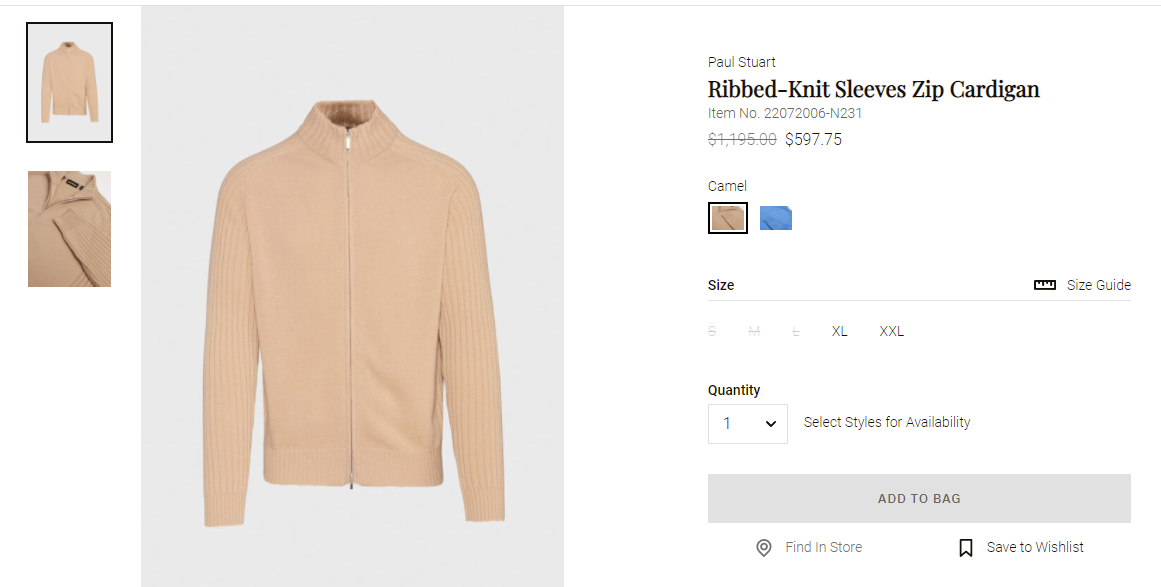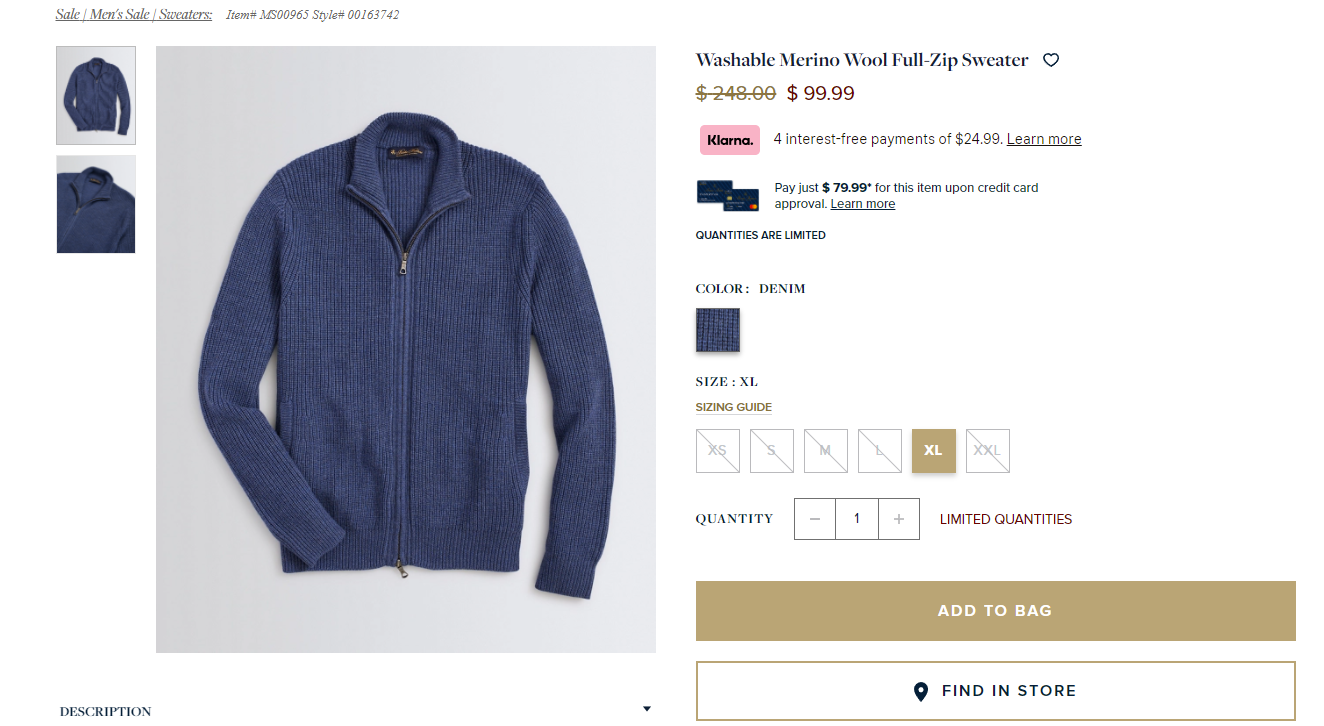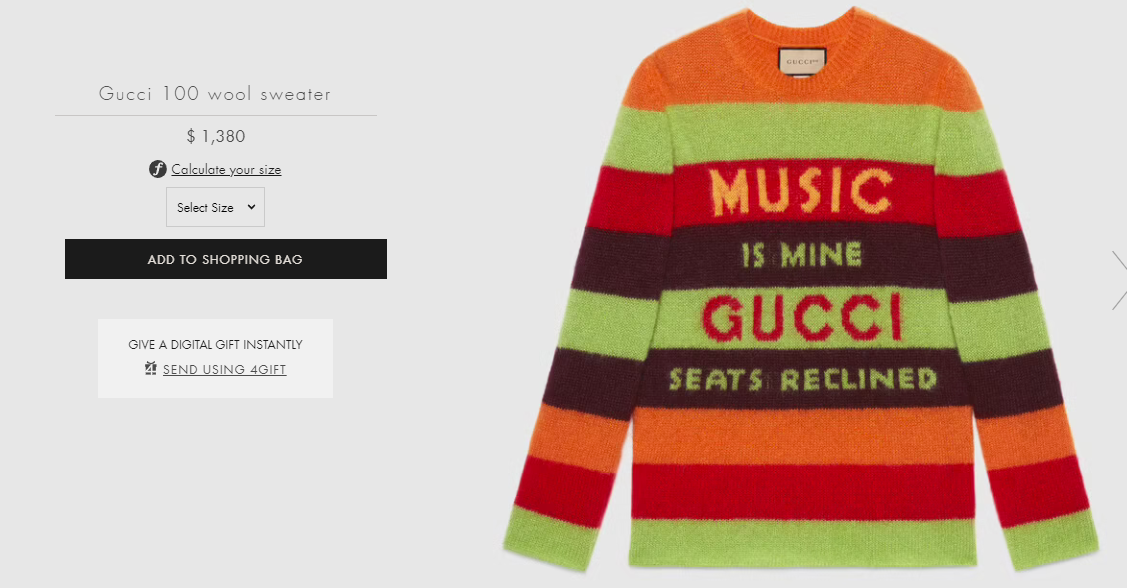Dearest Fiends,
Happy Halloween and merry Election Day! It’s hard to say which is scarier some years, eh? While I’m sure many of you came for treats, as the kids say, I’ve only got tricks. Then again, so does Joe Brandon. You’re fat and spoiled anyways, you don’t need any more treats!
Remember the leftist creed: “The strong will eat, the weak are meat.”
So this is a post I promised to make in my latest thread in the Class Megathread, attached below for your convenience. It will also be included in Twitter Volume IV.
What is the principle of similarity? It is simple: Every class imagines that every other class resembles itself, psychologically, by default. The main differences are supposed to be the quantity of money, and to the extent they can imagine difference, it is because they see that quantity has a quality all of its own. So it is easy to imagine things like Vimes’ Boots Theory, because it is about everyone being essentially rational actors with the same motivations but different economic constraints leading to different results, qualitatively.
It’s a neat just-so story, but it’s also untrue. Allow me to present Monsieur’s Boots Theory.
Proles buy expensive shoes – sometimes. Proles are often buying expensive things, because they like them. Jordans are cool and it’s fun to look cool in front of your friends. For very small children, there are designer shoes that will invariably be grown out of in a few months, but people still buy them, because they are cool and you look cool to your peers (other low class moms). The middle class just buys regular shoes for a regular price, generally. Men buy men’s shoes cheaply, and women buy women’s shoes for a staggering price. I’d say that a woman’s shoe is 3x as expensive as a similar man’s shoe. For the upper middle class, I’ll share some stories. All my life until college, I went shoe shopping at Payless and bought sneakers that wore out in six months. Then one of my friends, of my class but who went to boarding school and thus had different tastes than me, said we should go buy some high quality shoes. We went to the mall and he saw a Foot Locker, which he said looked like an interesting store. That day, I spent over $100 on shoes.
They wore out in six months. I told my friend this is why I shop at Payless.
But later, he took me to a store he learned about from his boarding school friends, Nordstrom Rack, and there, the quality was exactly as advertised. Sometimes.
One last story. I was with an upper class friend whose shoes were wearing out after several years of service. He wanted them to get resoled, but being rubber cup soles, this would be prohibitively expensive. And yet, the desire remained there, strongly, despite the inability to reasonably fulfill it, and he lamented the decline of the age of cobblers. You see, it’s not primarily about cost and utility, as in Vimes’ Boot Theory. Fundamentally, clothing is a statement of identity through which we try to express our belonging in our sociocultural tribe and our values – his values here being longevity and legacy.
If Vimes’ Boot Theory were true, we would expect to see either a straight line or log-line relationship between clothing price, market segment targeted, and clothing quality, such that the rich pay the most and get the highest quality clothing while the poor pay the least and get the lowest quality clothing. I’d like to start with market segment and price and show why that isn’t true to begin with. Here we have shirts – and as best I can, I am going to use the same kind of clothing across all demos.
Click to expand gallery:
The Paul Stuart item is upper class, the Brooks Brothers item is upper middle class, Vineyard Vines is middle class, and the loudly branded Gucci is prole. You may notice that the prole item is consistently the most expensive by far (you can tell it’s prole because of the very large and obvious brand logo), the middle class item is somewhat more expensive than the upper middle class item, and the upper class item is several times the price of the upper middle class item. This is not consistent with Vimes’ Boot Theory in the slightest – there is actually a inverse relationship with customer income and price except with the upper class, an extremely small and almost insignificant cohort that shops at basically small boutique stores/brands.
But what about quality?
Have you ever heard of a “market for lemons”? The idea is that products are heterogenous, information is limited, and the cost of information is high, resulting in every used car being priced as lemon-like except for things like CPO cars. Well, imagine all those things are true, but your purchases are now high pressure and necessary. This is what I call the “market for quacks” – the archetypal example being healthcare. Because products are heterogenous and information is limited, you can’t effectively shop around. But unlike lemon cars, you must have your product, and therefore, rather than the limited information forcing all offers to be lowballs, it causes all offers to be highballs. Fashion is a market for quacks. I have gone into Nordstrom Rack and bought the highest quality item on the rack for $200 when all the other items are $2000. But at the same time, the $2000 item may be the best thing on offer and the $200 blazer might melt in the rain. There is not a consistent relationship between price and quality. All you know, vaguely, is whether a given clothing item is for your tribe, and you *must* always signal tribal allegiance or be ostracized. As such, we develop a market for quacks. If the prices are allowed to find a rational relationship between price and quality, then it ceases to be a market for quacks. That sounds good, right?
After all, not all luxury goods are markets for quacks. In steaks, wagyu A5 is better than prime (A3 equivalent) is better than choice, and the prices reflect that. In alcohol, ultrapremium liquors ($1000+) taste better than premium and superpremium liquors ($100-$300/bottle) taste better than a nice liquor at your local store ($50/bottle) taste better than some trash booze. So why is fashion a market for quacks? Why does it not follow the price of commodity textiles?
Well, commodity T-shirts are… a buck a shirt. If fashion simply reflected the cost of the textiles used to make it, every fashion brand would go out of business, and that includes the fucking Walmart store brand. Necessarily, we must have a market for quacks, because only massive pricing uncertainty allows for such outrageous price multiples over commodity textiles to survive.
Now, you may protest that fashion is a special case and thus a bad example for class markers and pricing. But what other categories of goods are used for class signaling?
Restaurants? Books and cultural products (the price here is time, not dollars)? Home decoration?
These are also markets for quacks.
You can see that the quality widely varies, the price widely varies, and the market can only be navigated with tribal knowledge corresponding to one’s class (or other identity) positions. For the most part, what you know is what others like you consume, and so your choices do not reflect rational shopping to maximize quality for price (impossible in markets for quacks), but a desire to signal belonging, causing wildly variable prices.
With me so far?
Oh, but you may protest – this is just basic class dynamics in the Fussellian manner.
Certainly, but I am merely refuting the money-as-quality-of-quantity thesis. The price points of various class categories in markets for quacks reflect not price-for-quality, as with normal goods, but the values of particular classes. What does that mean? Proles love to be flashy and splash their wealth around, when they have it. When they are saving, they buy bizarre, chthonic products like Tampico and Flavor Aid, but when they splurge, they splurge. As a rule, they are imitating the most showy, brash luxury they can find – proles like to go to restaurants like Red Lobster as a special treat, because this is the meal most like 1950s-esque high luxury still around. The middles are trying to keep up with the Joneses, so they can be milked pretty hard as well. Their products are often quite expensive (in the case of restaurants, places like Saltbae et al are far, far more expensive than anything else out there), and the goal is to project an image of sophistication and wealth that you don’t have. The upper middle class, loving a deal, is attracted to miserliness, or at least the appearance of miserliness. Though they won’t always have the absolute cheapest prices, they will almost always be paying less than the middle class.
The upper class has a personal relationship with its products. For instance, much of what is made for Nordstrom Rack was manufactured for the outlet as an outlet product. But haute couture? The total market of haute couture customers is a few thousand people on the whole planet Earth. These are the tastemakers, and fashion is their world. We just live in it.
So what governs the markets is not price-for-quality, but a reflection of values. What are those values? For a more detailed examination of class values and characters, please consult the Class Dynamics category. To finally, finally get to the point: Each class projects its own values onto every other class.
The long digression about fashion was to establish that the idea of price-for-quality and money having a quality of its own merely from quantity does not apply in markets for quacks, which happen to be the markets most used to signal class. But nevertheless, people believe that differences in class are merely differences in the quantity of money. Therefore, their idea of what people at different classes do is merely a reflection of what they would be doing – or what they imagine they would be doing – with different levels of money.
When classes above prole propose solutions to prole problems, what they are proposing is usually imagined solutions to the imagined problems they’d have at that strata – and that’s when they’re being sincerely benevolent. What proles generally want, more or less, is to secure their precarious existence, and then to live “good”, to have nice things that they enjoy and leisure time, and to be left the fuck alone from meddling interventions.
So that is the idea of the Principle of Projection. But why does this projection come about? Well, first of all, America systematically denies the idea of class. Ask any Briton whether class exists and the answer will be obvious and immediate. Britons understand class as a sociocultural tribe of birth that grants certain, largely immutable, characteristics which shape one’s experiences of the world. It is totally natural for them to believe that. But both America and Britain are class societies. In fact, every complex settled civilization on Earth is a class society! And yet, this understanding must still be taught. The only way most people learn things is through drilling, and culture is a way to drill complex understanding in an intuitive way.
Absent this, what we have is epistemic solipsism. That is, absent being taught that people are different in certain ways, the default is to assume they are the same, even when this doesn’t make sense. I’m sure everyone can relate to being asked if they were cold when someone else is cold, followed by a baffled insistence that you must be cold. No, I’m not cold. If I was cold, I would have put on more clothing, like you want to. Or, encountering fresh Midwestern Protestants, the bizarre insistence that Buddhism is another form of Protestant Christianity, only with Buddha instead of Jesus. It’s not, but they have this mental category of real religion, and Buddhism, being a real religion, is therefore like Protestantism but recolored. The news constantly writes articles about how millennials can’t afford houses. Well, I bought a house and my first paycheck was enough for the down payment. I am a millennial. And some millennials come from strata that can never buy houses and their parents and grandparents are also permanent renters. This housing narrative is only true for a given slice of the population, largely urban, coastal, and middle class, but it is projected onto the whole.
The world of acknowledged differences and possibilities we might call a universe of possibilities, and whenever a person encounters something outside their universe of the possible, they will often have an emotional reaction of some kind, followed by a small loss of sanity. Only one’s own existence is real, anything else presented is probably some kind of LARP. Something too far outside the universe of the possible will be rejected entirely – written out of one’s mental map of reality, forcibly blanked out. The Babylonian Hebrew has had this experience many times trying to explain the upper class to his middle class peers – it will not sink in at all. The height of epistemic solipsism is “theater kid”-ism, in which all differences are merely LARPs, and therefore anything can be put on by putting on the right costume. I am not sure why people go on Reddit so often and tell fake stories from an obviously fictional viewpoint (I AM BAD MAN. I AM VERY BAD. YOU NEED TO COME INTO WORK EVEN THOUGH NINJAS KILLED YOUR PREGNANT GIRLFRIEND’S SISTER-WIFE-FATHER. AND NO OVERTIME PAY.), but I suspect it’s an outgrowth of this theater kid mentality. Anything can be true if you believe it is and put on the costume.
The final rejection of epistemic solipsism, which results in a “redpilling” and a permanent shift to the “right” is the understanding that different things are different. This is only an abstract, theoretical statement, but it lays the mental groundwork to conceptualize new kinds of groups as being merely different things in a highly varied and complex world. I would describe this as the foundational concept of anti-liberalism: anti-universalism. Things are particulars, and particulars are different. Different things are different.
I will tell you that as a child, I was a “high-functioning autistic” and also scored high on those internet autism diagnosis tests. Well, once I understood that different things are different, and that people are a matter of pushing the right buttons, which vary by person, my autism score declined from autistic to neurotypical, and my Hare checklist rose to clinical sociopathy, which proved to be inconvenient during certain employment screenings. Ah well. Such is life. Full anti-liberal understanding, of course, only came later. Why is this relevant?
Epistemic solipsism is not actually a problem in a socially homogenous environment. The main differences one encounters in such an environment is mostly the personality difference, the gender difference, and the age difference – and one notes how often the class war is instinctively framed as the generation war (boomers fighting millennials over housing) – because age is one of those easily grasped natural categories. But cultural differences are very different to grasp. It often takes a lifetime, or at least a good few decades, to write a proper ethnography of a strange culture. Even to grasp class differences *within* a culture often takes several years to articulate. Diversity, therefore, is inherently costly because it raises the cost of social transactions by doing away with informal shared understandings born out of a common cultural environment. When social environments are heterogenous – diverse – the normal person becomes, effectively, autistic, requiring all social norms and rules to be formally verbalized. Which is not something that most people can do, absent exposure to the different. A fish does not know what water is. Only the contrasting of water and air can teach that.
What does it matter if our Midwestern Protestant biddy doesn’t understand Buddhism if she never meets a Buddhist? But drop Buddhists into her world, and now you have a problem. Of course, with enough decades, the two communities can come to understand each other, and Creolization will occur (hybrid cultures are cheaper than maintaining two cultures apart like a salad bowl). But in a world of infinite diversity, this can never properly occur. The result is perpetual social autism. Nobody can understand each other.
This is probably one of my least well-written articles, but I hope you won’t mind. I find the topic of talking about minds is almost inherently awkward because you have to formally articulate everything – which obviously does have some artistic merit in mimicking the experience of being socially atomized by diversity.
Well… what the fuck is Tampico anyways?
Lost in a sea of unknown water,
Monsieur le Baron
APPENDIX: The Imagined Other
So our last class thread was about material relations and how they relate to radical political tendencies. But I’d like to go back to class as a sociocultural formation for this thread. Today, we’re going to be talking about identity as it relates to the imagined class Other. It may surprise you, but the judgement of one towards the Others can itself be a class marker, and an even more reliable one than consumption markers or belief systems. Why? Because the judgement of the Other tells us where someone situates themselves in the universe. Tell me what you hate, and I will tell you are what you are. The Other is always a mirror of the anxieties, hopes, and prides of the Self.
For America, there is no China and never was. China does not exist.
There is only a projection of our own fears and hopes. On this website, you’ll often see people talking about the opulence or lack thereof of the rich. This says more about them than the rich. There are a number of assumptions that need to be unpacked. First, that the minimalist aesthetic of the rich is not conspicuous consumption. It is. But it is conspicuous consumption with a particular culture in which it is valued. Making this mistake immediately gives away the game and reveals the speaker as middle class or lower. But what they propose as a motivation is indicative of the speaker’s class. For the proles, they have an Imagined Rich. Their idea of the Imagined Rich is much like a prole, but much richer. Their reaction to minimalism is confused. They often believe that the rich want ugly and stupid things (not untrue) or that they are hiding (very untrue). If the UMC+ wanted to hide, they wouldn’t buy minimalist things because nobody else likes that crap, so it sticks out like a sore thumb – as it is meant to! It is conspicuous consumption, just with a terrible aesthetic.
But the Prole Imagined Rich is a Trumpian figure. I will explain the concepts further in a full blog post, but this is an extension of the Principle of Similarity, or Class Solipsism. Everyone assumes their class experience is the default and normal.
It isn’t.
Therefore, deviation from sameness requires some sinister motive. The Prole also has an Imagined Middle, but this Imagined Middle is mostly the product of the Middle’s own interaction with the Prole. Which brings me to the MC. Being in the middle, they have a lot of perceptions. And being in an insecure spot, they have a lot of Imagined Others. The interactions of the Middle with the Prole are dominated by the fear of falling. What the Middle has is a “comfortable” lifestyle (comfortable is the watchword of the middle for their wealth/status), and what they fear most is losing this position. Therefore, the MC, to salve their own fears and ego insecurities, tries to create as much distance between themselves and the deplorable CHUDs as possible, to minimize the possibility of falling and becoming them, as they then build themselves up to be so much better than them. This can express itself in a benevolent and malicious way. The benevolent manifestation is to try and baby the proles, to be their valiant “protector” because they are too weak to protect themselves. This is the impulse behind defending petty ghetto criminals. The malicious way is to mock and demean the proles as all stupid, evil, ignorant, and all manner of bad things. They’re simultaneously spoiled and hungry. They’re jet ski dealers but illiterate. They’re everything bad at once at the same time, somehow. Fuck them. The unifying theme, either way, is to condescend and create distance to assure the insecure Middle that they are, by character and nature, superior to these proles, and thus not at any risk of falling.
The Prole response to the Middle is to deride this unearned condescension. You think you’re so much better than me, college boy? Just because you have that stupid degree?
I’m gonna kick your ass, you weedy twig.
The Prole restores their own ego by creating an inverse of the Other’s Other. This allows the Prole to dismiss the attempts to condescend.Education becomes overeducation. The lack of practical skills of the middle class white collar worker becomes uselessness and also a lack of commitment to “real” skills and hard work. In a Marxian sense, the Prole takes pride in being a producer of surplus value. But the Middle is also in a dual role of looking upwards. They are always reassuring themselves of their own classiness, because if they lose their class status, then they fall back to hated Proledom. This fear is projected others.
The Middles also have an imagined Rich. The Middles want to go to classy expensive places because their Imagined Rich do. The Imagined Rich are always consuming the most sophisticated things, because they are so sophisticated. The Imagined Rich are always perfectly composed and mannered because they are so classy. Swearing becomes a kind of “socialist” transgression against the Imagined Rich, which is defined by “classiness” as a kind of purity totem, but so too does being a gigantic slob and pooping on the street. The content Middle emulates the Imagined Rich while the malcontent rages. The Imagined Rich must be obsessed with being classy and obviously classy and rich because the Middle imagines they, too, fear falling. Therefore, the Imagined Rich must spend their time showing how classy they are. Then the Middle tries to keep up with these imagined Joneses. This is the market for things like Salt Bae and fake private jets. The Middle imagines the Imagined Rich eating at Salt Bae and showing off as they fly private. But these pictures on RKOI and other places come from other Middloids as they show off (and torment) each other. Well, I happen to know a real story of a private jet (there are very few of these in the world). The wife is autism golem, like many noble women, so they need a private jet because otherwise she has sensory overload and starts autism screeching at everyone. To finish out this line, I was visiting a city and a person once, and she, of the middle, wanted to impress me by reserving a table at a fancy restaurant. I don’t reserve tables. I walk into Michelin restaurants and demand to be served. The food was pricy and “cosmopolitan”. Contrast this with a recent lunch where a young UMC person petitioned me for assistance, looking to raise a million or so for their startup. They proposed a “hole in the wall” tucked away, with “authentic” cuisine, then showed off by thanking the waiter in a foreign language. He did not walk away disappointed.
This fear of falling narrative also, I believe, drives how the Middle sees the Imagined Rich, politically. This is partly speculation, so I may be as off about my Imagined Middle as the Middle is about their Imagined Rich. So appropriate caution is needed here. But I believe the Middle frames history as a series of struggles by Middles to attack and replace Elites. History is thus a series of events in which intellectual Middles rally the Proles and overthrow the Elite, becoming the Elite. The only problem is that this isn’t true. History is filled with countless peasant revolts, though few peasant emperors – peasants are disorganized. And history has many, many noble revolts. But middle revolts? The most common example given is the French Revolution. Well, at best, that’s one. And while Robespierre may be of the middle, the Society of Thirty had a very high number of noblesse d’epee. Other instances of rising middles are not “Middle” in the way we understand it, but lower elites who are denied status for one reason or another. Like factory owners. Because history becomes framed as Middle leading Bottom vs Top, the strength of the Elite is imagined to be the strength of their Middle opposition. If the Middle is weakening, the Elite must be strengthening. Therefore, society worsening is evidence of a strengthening Elite. To crush the Middle becomes the main task of this Imagined Rich, because that is the main threat in this framing. The more the Middle suffers, the stronger the Elite. Arbitrary, random suffering becomes a flex, a show of strength. Humiliation compels obedience rather than hate. Well, let me tell you this: the noble families, as a class, have ruled for thousands of years because that’s just how humans work, just like how ants have queens. It’s not evidence of supernatural competence, it’s more of a fact like the sky being blue. It doesn’t mean anything.
But this obnoxious striving by the Middle does create a reaction coming from the real UMC (and not the Imagined Rich). And this is epater la bourgeoisie. The obsequious brand worship and conformist worship of fanciness is amplified into an Imagined Middle which is mindless NPCs. To spite the Imagined Middle and their trend loving and swallowing of propaganda, the real UMC tries to create as many destructive, transgressive ideas as possible, so that the Imagined Middle copies them and ruins their own lives, resulting in the UMC laughing disdainfully. The UMC lives by an ethos of “Go Fuck Yourself” and “Fuck You Money” because this is a way to show you’re not like those NPC Middles, you are a real man. And a real man is a Free Man. Metternich, consummate baron in material terms, said “Humanity begins at the rank of Baron.” Wear gray T-shirts because you can. Board planes bare-chested. Buy an anime car. Be eccentric, but obnoxiously and obviously so. Above all, fuck everyone else. Fuck them, fuck them, fuck them. Fussell advises driving slowly on highways to make everyone who needs to work angry. This is not the same as “Can I speak to the Manager?” because the point is not get better service. It’s to ruin someone else’s day and then laugh about it, getting the delicious pleasure of causing a little more pain in the world. Haha.
The Imagined Middle, which is a perfect NPC, exists downstream of the UMC’s own self-perception, which is the perfectly competent and universally skilled gentleman. They are the doers. They build things and get shit done. They move fast and break things. They are Hank Rearden. The UMC is a man of wealth who chooses to work regardless because they see themselves as so competent and capable. Metternich is a perfect diplomat but also the sinister Grand Inquisitor. A scholar and a gentleman. An officer and a learned man. Well-rounded. The cream of Eton. Gore Vidal’s own description is telling – at boarding school, there are the rich kids and the smart kids, himself being one of the latter. The UMC carries on a self-perception deriving from the traditions of being the strong sword arm of feudalism and of the Ancien Regime. While the modern managerial state runs more on middle class minor supervisory employees and bureaucrats rather than eccentric gentlemen managing estates, doing gentleman science, and personal industrialization (owning your own factory), the memory remains strong. The UMC is born with agency, if not hyperagency, and this can never be stripped away. If the MC tends to blackpill irrationally and give up in despair at the first obstacle, the UMC, as a stereotype, are often irrationally whitepilled. Elizabeth Holmes still thinks she’ll win.
This agency also leads to a tremendous mental burden. I say to myself frequently that there is no cavalry coming. I am the cavalry. I am always the force of last relief, the Triarii at the back of the line. Is this true? Nevertheless, it creates a mental burden. “What if I’m not good enough?” Imposter syndrome. “What if I can’t hold the line?” Burnout. A desire forms to have a simpler life. This creates its own imagined Other, the Imagined Prole. The Imagined Prole lives a carefree life because they are not responsible for others. Obviously this is not true, but this becomes an idealized lifestyle to emulate. This is the practice, still around, of gentleman farming. Of giving up the UMC life to live the simple life of a prole. One of the WASPs in WASPS: Splendor gave up his wealth to become a mechanic. Successful UMCs, ones that have made it, will spend tens or even hundreds of thousands on a chicken coop so they can pretend to farm chickens and be a redneck. Some of them even succeed at making eggs! But they will never know the essential fear of being at the whim of crisis. When these UMCs slumming it impact Proles, they invariably leave a curious impression. Damn, what a rich idiot playing games. Of course, these encounters are rare enough that no lasting and durable Other is formed, but it would probably be something like the “Butter Bars” Lt.
If the UMC imagines themselves as the hypercompetent hyperagent, then the Imagined Upper is the mirror of that. Other classes are far enough from the top that they lump everything together into a generalized Imagined Rich, which they often call “upper class” or just “rich”. But the UMC is personally acquainted with the UC. If Gore Vidal is the “smart kid”, then the UC is the “rich kid”. Rich, not smart. Or, as Fussell would snark, the UC are a class without ideas.
This is highly uncharitable to the upper class. The Imagined Upper is a complete dolt. They are the thoughtless people Woody Allen implicitly parodies. They are the people without ideas. Actually, most real UC people have plenty of ideas because they need them to be charming (dinner conversation always revolves around ideas). But as with many interactions, there is a seed of truth. In feudalism, you had kings summon their lords to provide a levy. The Italian word for knight, capo di lance, is the origin for our own term, Lance Corporal – an E4 marine. From “miles”, Latin for knight, we get militia. The lord was expected to bring his knights to fight in war. In peace, the knights protected the land. They were the baddest dudes around. They were given land so they could gear q***r to their heart’s content. But the baron was their field grade officer. So they are also *there*. This persists into the Industrial Age. The noblesse de robe, the professionals, your doctors, lawyers, engineers – they are not workers. But they are still *there*. As such, they can only be so disconnected from reality and the understanding of labor and production. The real upper class may not be as big of twits as the Imagined Upper, but like the Middle they still live in @GmorkOfNothing‘s Richard Scarry’s kids book world because all they do is party and socialize all day. Their view of the world is the world seen through cocktail parties. And the upper class? Well, they live in the Richard Scarry world.
I don’t think I can generalize their Imagined Others, but they are interesting.
